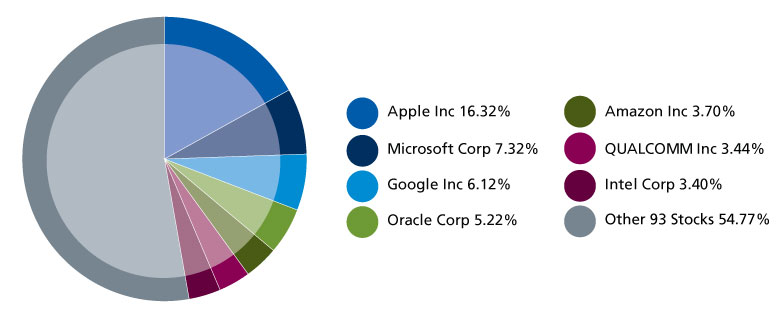Equal-Weighted Indexing
Proponents of equal weighting say their strategy limits the damage any single stock can have on the underlying index. For example, Apple and Exxon each represent ~3% of the S&P 500, while GE and Chevron each account for < 2%. The 10 largest S&P 500 companies account for close to 20% of the value of the entire index. Under the S&P 500 Equal Weight Index, all 500 companies each represent exactly 0.2% at all times; the 10 largest companies would have a combined weighting of 2.0% (0.2% ×10).


